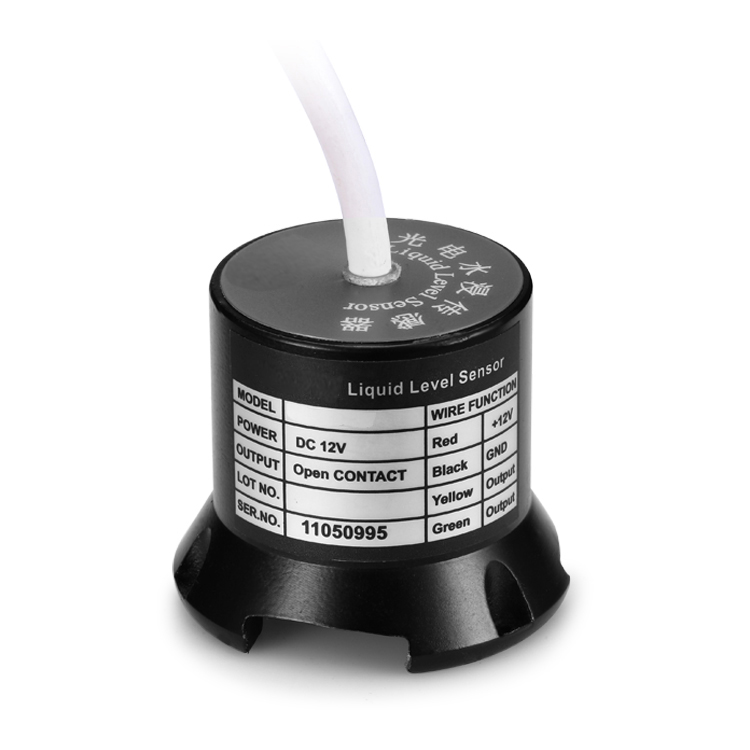Views: 211 Author: Site Editor Publish Time: 2025-06-23 Origin: Site








In today's world, where ecological concerns and industrial activities are in constant tension, environmental monitoring systems have emerged as vital tools for sustainable development. These systems serve as vigilant sentinels, constantly collecting, analyzing, and interpreting data related to the environment. But what are the principles that guide these systems? How do they ensure accuracy, reliability, and relevance in various settings such as industrial zones, urban centers, agricultural fields, and natural reserves?
This article explores the fundamental principles of environmental monitoring systems, delving into the theoretical and practical components that drive their design and functionality. With the demand for data-driven environmental policy making at an all-time high, understanding these principles is not just technical—it’s crucial for public health, compliance, and global sustainability.
An environmental monitoring system is a structured and often automated process that measures physical, chemical, and biological variables within a defined environment. The goal is to track environmental changes and detect potential threats that may harm ecosystems or human health. These systems are deployed in various sectors, including air quality monitoring, water safety, soil condition assessment, and radiation detection.
Key components of such a system typically include:
Sensors and detectors for gathering real-time data
Data loggers and transmission units for storing and relaying information
Software platforms for data visualization and analysis
Alert and response mechanisms for triggering appropriate actions
The system’s efficiency hinges on its ability to generate consistent, accurate, and actionable insights. Whether in a factory, forest, or floodplain, these systems adapt their methodologies based on the principle-driven framework that we will outline below.

At the heart of every environmental monitoring system lies the principle of measurement accuracy. Without it, data becomes meaningless or even dangerously misleading. Sensors must be calibrated regularly to ensure that readings reflect actual environmental conditions. This involves comparing sensor output with known standards under controlled conditions.
In high-stakes environments—such as chemical manufacturing plants or nuclear sites—calibration must be traceable to national or international standards. Factors such as sensor drift, ambient interference, and component aging must be accounted for.
| Sensor Type | Calibration Frequency | Calibration Method |
|---|---|---|
| PM2.5 Air Sensor | Monthly | Gravimetric Filter Comparison |
| pH Water Sensor | Bi-weekly | Buffer Solution Testing |
| CO₂ Gas Sensor | Quarterly | Span Gas Verification |
Maintaining this principle ensures that all subsequent analyses are based on solid, trustworthy data.
A good environmental monitoring system must also adhere to the principle of representativeness—both spatial and temporal. This means that the location and frequency of measurements should accurately reflect the conditions of the broader area or timeframe of interest.
For example, a single air quality sensor placed near a traffic light may exaggerate pollution levels. Conversely, one placed in a secluded park may underrepresent real urban conditions. The key is in selecting strategic sensor locations and appropriate data collection intervals to avoid skewed results.
This principle is particularly crucial in climate change studies, where long-term data trends help model future scenarios. The combination of high-frequency temporal monitoring and wide spatial distribution ensures both depth and breadth of insight.
Another core principle is sensitivity—the system's ability to detect even the slightest changes in environmental conditions. This becomes critical when monitoring for contaminants like lead in water or volatile organic compounds (VOCs) in air, which can have harmful effects at even low concentrations.
Every sensor has a detection limit, and system designers must ensure that these limits are well below the threshold values set by environmental or health standards. For example, if the legal limit for arsenic in water is 10 ppb (parts per billion), the sensor must detect changes at even 5 ppb to remain effective.
The challenge lies in ensuring that increased sensitivity doesn’t result in false positives, which could lead to unnecessary panic or intervention. Therefore, noise reduction and signal validation techniques are employed to maintain signal integrity.

An often overlooked yet critical principle is data integrity. Environmental monitoring systems often operate in remote or hostile conditions where data can be lost, corrupted, or tampered with. From temperature fluctuations to cyber-attacks, the threats are varied and real.
Modern systems employ:
Redundant data logging
Real-time backups
Encryption and blockchain validation
These measures ensure that the collected data remains tamper-proof and verifiable. This is especially important for legal compliance and public reporting. Inaccurate or unverified data could lead to fines, reputational damage, or, worse, public health crises.
Thus, an effective system incorporates robust cybersecurity protocols and auditable data trails that reinforce credibility across all stakeholders.
What sets apart modern environmental monitoring systems from legacy setups is their degree of automation and responsiveness. This principle focuses on how quickly a system can detect an anomaly and trigger a corrective action—be it an alarm, shutdown, or data transmission to authorities.
For example, in a wastewater treatment plant, if the pH levels exceed permissible limits, the system must immediately alert operators, log the incident, and initiate neutralization protocols if integrated.
Responsive systems utilize:
Real-time analytics
Predictive modeling
Machine learning algorithms
These features ensure that problems are identified and addressed before they escalate, thereby protecting assets, lives, and ecosystems.
No. While the principles remain consistent, the implementation varies depending on regulatory frameworks, local environmental challenges, and available technologies.
The Internet of Things (IoT) enhances monitoring by enabling smart, interconnected sensors that transmit data wirelessly and in real time, improving efficiency and coverage.
This depends on the risk level and application. Critical environments may require real-time validation, while others may operate on weekly or monthly checks.
Understanding the principles of an environmental monitoring system is fundamental for its effective implementation. From ensuring accuracy and spatial relevance to guaranteeing responsiveness and data integrity, these principles collectively form the backbone of environmental stewardship in the modern age.
When implemented correctly, such systems don't just measure the environment—they protect it. As technology advances and climate challenges grow, the importance of principle-driven, data-reliable monitoring systems will only increase, becoming not just tools of observation but instruments of change.